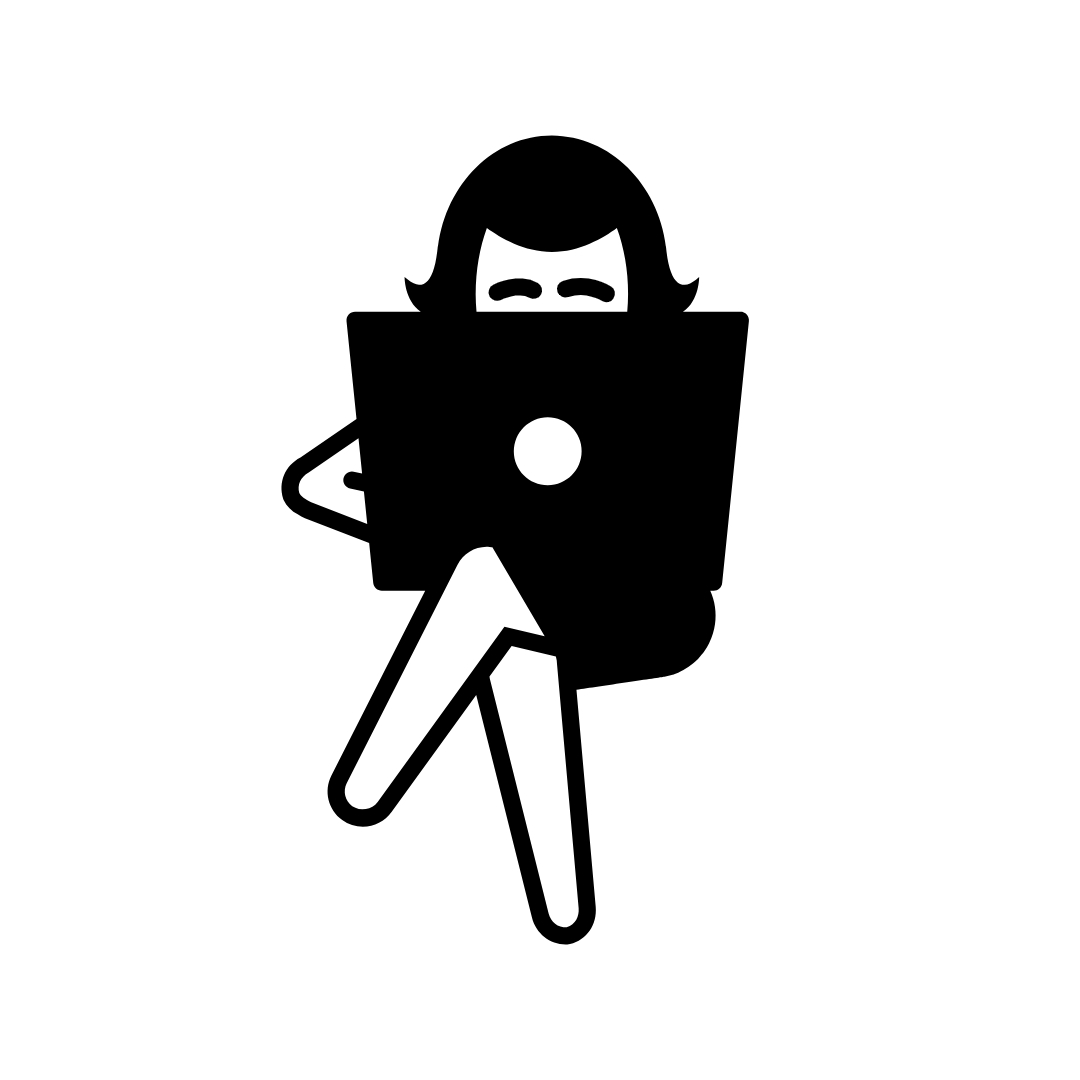Excellent question! As an educator, you better be able to answer it, too.
Let me tell you why:
Learning, while by some regarded as a welcome chance for mental exercise and academic muscle flexing, craves motivation. Without the motivation to learn, the learning outcome will be poor, and the learning process a drag. It's the equivalent of walking your sleepy dog on a cold rainy night without him doing what he's supposed to do. A seemingly pointless exercise and an immensely frustrating experience for both parties involved - the unmotivated dog and the rapidly demotivated you. Because, to drive home the point, the perception from both sides is that there is no point. So why do it?
Naturally, you may argue that there always is a point to learning, however hidden. Pursuing an education is per se a stimulating pursuit in itself. An evening stroll - even in disheartening weather conditions - is per se a heathy exercise and nighttime routine. Apart from a few adult learners - god bless their nerdy hearts - I unfortunately know of no child, tween or teen that would ever care for that argument. It is simply not motivating.
So, how can we inspire motivation in our learning audience? Luckily, there are plenty of motivational triggers. Take curiosity, ambition and the expectation of somewhat fuzzy extrinsic rewards (money, candy or whatever gets you going) for starters. As an instructional designer and educator, the trigger that I am however most familiar with is content. To me, it is the learning content that triggers the motivation of my learners. Or rather: It is the meaning behind the content.
Take this example: I am assigned an audience, my learners. The assignment is to educate this audience towards developing a certain skill set. How will I do it? Let me start off by telling you what I won't do: I won't expect to know my audience. At all. Neither will I expect my audience to have any motivation. Whatsoever.
What I will do is research my audience. I will set out to learn about their learning experiences, preferences and styles. I will dig deep for any information about their existing knowledge, frames of reference and skills. I will then use my findings to figure out the best way forward with the facts in hand. The guiding question in all my educational endeavors will be 'What's this for?', and the leading goal in the design and development of my educational content will be to make the answer to this question obvious. Just as obvious as the purpose - or point - of the brushes in the picture above.
Because, and this leads us back to the motivational aspect of meaningful content, by doing so the learning itself will be perceived as pointful and generate - taraaa - the motivation to learn.
Full circle!
